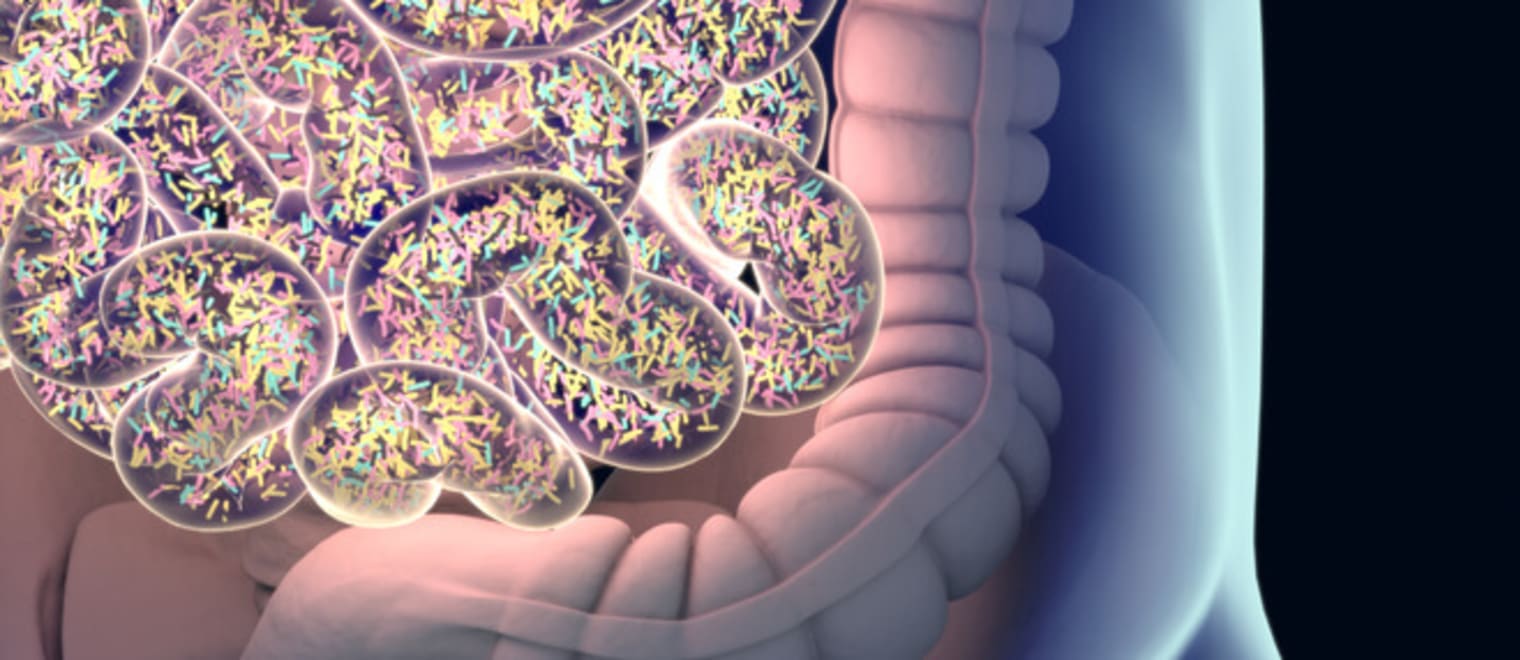This informal CPD article, ‘Nurturing Wellness: Unveiling the Harmony of Gut Bacteria, Veerya, and Vipaka in Ayurveda’, was provided by Dronagiri Ayurveda Solutions, who encourage healthier living primarily through the "life manual" known as Ayurveda.
Introduction
The intricate dance of health within our bodies involves a myriad of players, and chief among them are the trillions of microorganisms constituting our gut bacteria. This article embarks on a journey to unravel the mysteries of gut bacteria, delve into Ayurvedic concepts of veerya (potency), and explore the post-digestive effects of food known as vipaka, ultimately weaving a narrative that illuminates the profound correlations among these elements. This is a unique article taking inferences from contemporary science observations with Ayurvedic concepts and trying to bridge a possible connection of gut bacteria so as to understand the concepts better which in turn can helps us to make better decisions.
Understanding Gut Bacteria
Gut bacteria, the microscopic inhabitants of our gastrointestinal tract, form a dynamic ecosystem with diverse roles. These microorganisms can be classified based on their modes of action, encompassing functions such as carbohydrate breakdown, protein digestion, and the synthesis of essential vitamins. This diversity mirrors the intricate orchestra that orchestrates the symphony of digestion within our bodies.
The undigested material that reaches the large intestine after completing chemical digestion in the small intestine serves as a crucial substrate for gut bacteria. These undigested compounds are often complex carbohydrates, fiber, and other substances that resist enzymatic breakdown in the earlier stages of digestion. As they reach the large intestine, they become a source of nutrition for various beneficial gut bacteria. Here are some examples of foods that serve as substrates for gut bacteria in the large intestine which mainly classified as prebiotics and probiotics.
Prebiotics
Definition: Prebiotics are non-digestible fibres or compounds that serve as a food source for beneficial gut bacteria, promoting their growth and activity.
Sources: Prebiotics are found in various plant-based foods, particularly those high in dietary fibre.
Functions of prebiotics
1. Feeding Beneficial Bacteria: Prebiotics pass undigested through the small intestine and reach the large intestine, where they serve as nourishment for beneficial bacteria.
2. Enhancing Gut Health: By promoting the growth of beneficial bacteria, prebiotics contribute to a healthy and diverse gut microbiome.
3. Short-Chain Fatty Acid (SCFA) Production: Fermentation of prebiotics by gut bacteria produces SCFAs, which have various health benefits. [1]
Examples of Prebiotic Foods: cereals, pulses
Probiotics
Definition: Probiotics are live microorganisms, primarily beneficial bacteria, that confer health benefits to the host when consumed in adequate amounts.
Sources: Probiotics can be found in fermented foods and supplements. Common probiotic strains include various species of Lactobacillus and Bifidobacterium.
Functions of probiotics:
- Balancing the Microbiome: Probiotics contribute to a balanced and diverse gut microbiome by introducing beneficial bacteria.
- Digestive Health: They assist in the breakdown and absorption of nutrients, and some strains produce enzymes that aid in digestion.
- Immune Support: Probiotics may enhance the immune system, promoting resistance to infections. [2]
Examples of probiotics – Kefir, Kimchi, Curd, Yogurt
Mode of action of gut bacteria
1. Short-Chain Fatty Acid (SCFA) Producing Bacteria:
Mode of Action: These bacteria are specialized in fermenting dietary fibers and complex carbohydrates that reach the large intestine. Through fermentation, they produce short-chain fatty acids (SCFAs) as byproducts.
Examples:
- Bacteroides thetaiotaomicron: This bacterium is known for its ability to break down complex polysaccharides, contributing to the production of SCFAs.
- Firmicutes: Certain Firmicutes bacteria, such as Faecalibacterium prausnitzii, play a role in butyrate production through fermentation.
2. Fermentation-Stimulating Bacteria:
Mode of Action: Lactobacillus bacteria are lactic acid-producing bacteria, and their primary mode of action involves the fermentation of sugars, particularly glucose and other carbohydrates.
They utilize sugars as a substrate and convert them into lactic acid through fermentation.
Examples:
- Lactobacillus bacteria. Lactobacillus bacteria are a type of bacteria commonly found in the human gut and are also used in the production of fermented foods like yogurt and cheese. These bacteria are considered beneficial or "friendly" bacteria, and they play several important roles in the body
3. Mucin-Degrading Bacteria:
Mode of Action: Mucin-degrading bacteria specialize in breaking down mucin, a glycoprotein that forms the protective layer on the inner surface of the intestines.
Examples:
- Akkermansia muciniphila: This bacterium is known for its ability to degrade mucin and is associated with maintaining the integrity of the gut barrier.
- Ruminococcus torques: Some strains of Ruminococcus are involved in mucin degradation, influencing the turnover of mucin in the gut.
Understanding these categories and examples sheds light on the diversity of gut bacteria and their essential roles in maintaining gut health. The interplay between these bacterial groups contributes to the overall balance of the gut microbiome and plays a crucial role in digestion, nutrient absorption, and maintaining the integrity of the gastrointestinal tract. [3],[4],[5]
Ayurvedic concepts on understanding how any herb or food work in the body, after completing the digestive process.














